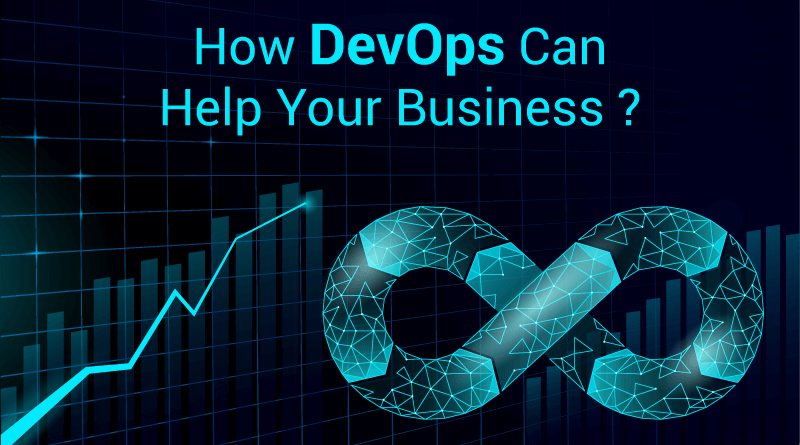Learn from AWS serverless real-world examples

Serverless computing keeps on ascending its popularity as IT groups try to assemble more agile applications. Engineers use it to concentrate additionally on code and little on the equipment and software, and they see serverless as an absolute necessity for adaptability and saving money. AWS has a strong serverless portfolio, with apparatuses like AWS Fargate, AWS Lambda, and AWS Step Functions. Through AWS DevOps Training; the two certifiable serverless models provided below, we’ll see how organizations are utilizing AWS and serverless engineering layouts to measure and investigate information.
Serverless foundation and analytics at Equinox Media
In the 2020 AWS re:Invent meeting “Serverless analytics at Equinox Media: Handling growth during disruption,” Equinox utilized a data lake procedure and server less assets to dispatch another stage VARIS and a stay-at-home SoulCycle bicycle. It developed these advancements starting from the earliest stage, it seemed well and good to utilize serverless cloud innovations, said Elliott Cordo, who was VP of innovation at Equinox Media at the hour of the discussion. The organization chose to utilize AWS Lambda for its event driven design, Amazon Kinesis for constant information streaming, Amazon DynamoDB to store the information and Amazon Athena to dissect it and AWS Glue to stack information.
Equinox picked serverless due to its versatility and cost. When managing an obscure utilization design, serverless is more financially savvy since you don’t need a conjecture and arrangement framework you probably won’t utilize, Cordo said. Regarding information analytics, serverless was the best fit on the grounds that VARIES depends on AI suggestions to drive its client experience. Serverless information investigation ceaselessly takes care of the platform’s suggestion APIs.
AWS serverless architecture
In AWS DevOps Course, you can understand more about the architecture, this layout basically incorporates four interconnected components: information lake, activities ingestion, activities API and recommendation API. These components associate with one another, just as with client gadgets. Cordo considers it a data lake-first technique. The data lake is the single adaptation of truth and is worked to ingest both crude and prepared information, just as oblige numerous implementing engines.
Data is ingested in two ways:
Speed layer:
This is for adaptable, event based extract, transform, load (ETL) storage. Amazon API Gateway ingests the information and a Lambda API approves it. Information is then transferred via the ETL flow and guided into the DynamoDB activity layer, where it’s handled through Kinesis Data Firehose and at last gets into the information lake.
Batch layer :
The batch layer operates flat and JSON documents. Equinox built up a lining framework known as Queubrew to deal with the information. Queubrew utilizes Lambda, API Gateway, and a PostgreSQL adaptation of Amazon Relational Database Service (RDS) for constancy, the RDS example being the just non ephemeral asset in the information platform.
The RDS records get into the batch layer from an outer landing Amazon S3 bucket, at that point they’re replicated by means of Lambda, operated through Queue Brew and transferred through the DynamoDB layer, similar to the speed layer. A high number of enormous documents, that can bring about low performance in the information processing motors. Equinox assembled its information lake with the Delta Lake open source record design for its fundamental stockpiling engine to tackle this. Delta Lake underpins upset tasks and local compaction, the two of which diminish record size.
By coordinating with Glue, Delta Lake goes about as a focal store for all information. Information analysts and business intelligence groups can question the information they require and investigate it with Athena. Equinox dispatched VARIS with an anticipated, ease profile with no adaptability issues using this event driven arrangement.
Event-driven analytics with BMW
Worldwide associations like BMW can battle to store and unify all the information they get. BMW’s ConnectedDrive back-end administration measures more than 1 billion solicitations each day from its vehicles. Examiners need to get to this information for displaying or use cases, regardless of whether they’re in Japan or Germany. The re:Invent meeting “How BMW Group utilizes AWS serverless examination for an information driven ecosystem” delves into the organization’s data pipeline. BMW’s Cloud Data Hub is a focal information lake that ingests, arranges and examines information. It stands as BMW’s own worldwide IT gathering, just as its information researchers and business investigators who fabricate use cases and AI models. BMW utilizes Kinesis Data Firehouse and AWS Glue to ingest information; and Amazon SageMaker, Amazon S3 and Glue for association and organization; Athena and Amazon EMR to break it down.
This is a multi-layered record arrangement, that implies each information supplier or purchaser has its own AWS account, may be more than 500 altogether. There are three primary parts to this arrangement:
- Information ingestion via Glue and Kinesis stream providers.
- Information orchestration via the data portal and API layer.
- Information analysis via data consumers.
BMW programming and information engineers execute the automaker’s information commercial center, where they fabricate both worldwide and nearby information ingests. On the opposite side of the pipeline, investigators can get to information under their AWS account.
Experts can investigate and question informational indexes via SQL, oversee metadata and convey any essential foundation inside the main data portal. The data sets are composed of S3 buckets and Glue, that stores the metadata and is explicit to either its worldwide or a nearby center point. These informational indexes lay on general APIs which maintain the administration of data indexes, just as security and consistency. Ingestion and investigation are moderately straightforward. There are two different ways information enters the Cloud Data Hub:
- AWS Glue: Information can be handled from relational databases.
- Amazon Kinesis: Information can stream in from BMW’s associated vehicle fleet.
The information at that point goes through the information entryway and API, where it tends to be utilized in AWS administrations like Amazon SageMaker, for setting up AI models, and Athena, for information analysis. Like Equinox, BMW got into a record issue after ingestion. It fabricated a compaction module operating on Glue to tackle this.
Conclusion
Serverless computing is a technology which aids companies innovate quicker than before. It spares time for internal groups by reducing the requirement to scale, and coordinate infrastructure. The two real-world serverless examples discussed above will be helpful for those who are using these strategies.



![How To Solve The [pii_email_bd49696e1d43ab5b60ba] Error Code?](https://www.itechtalky.com/wp-content/uploads/2021/11/pii_email_bd49696e1d43ab5b60ba.png)

